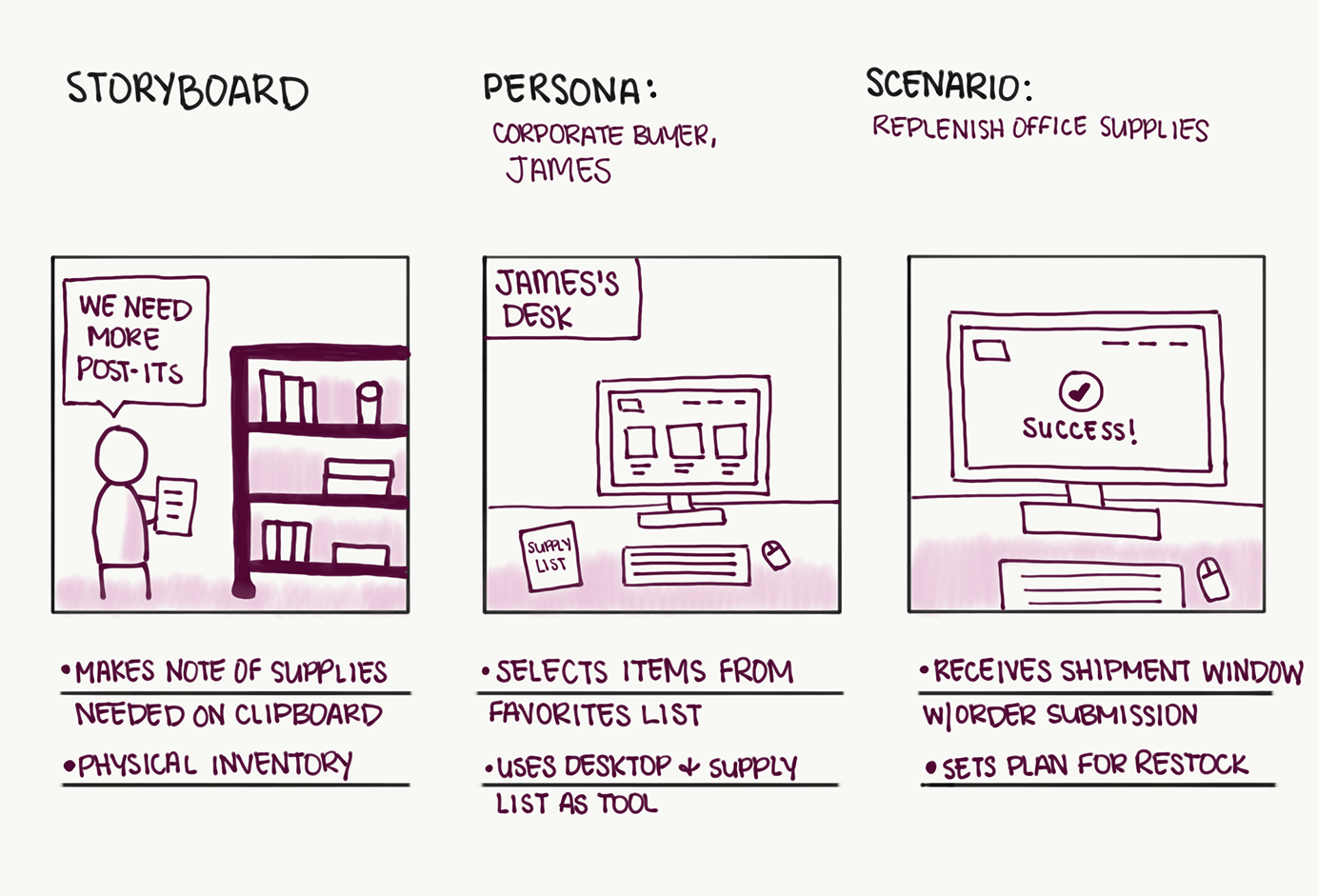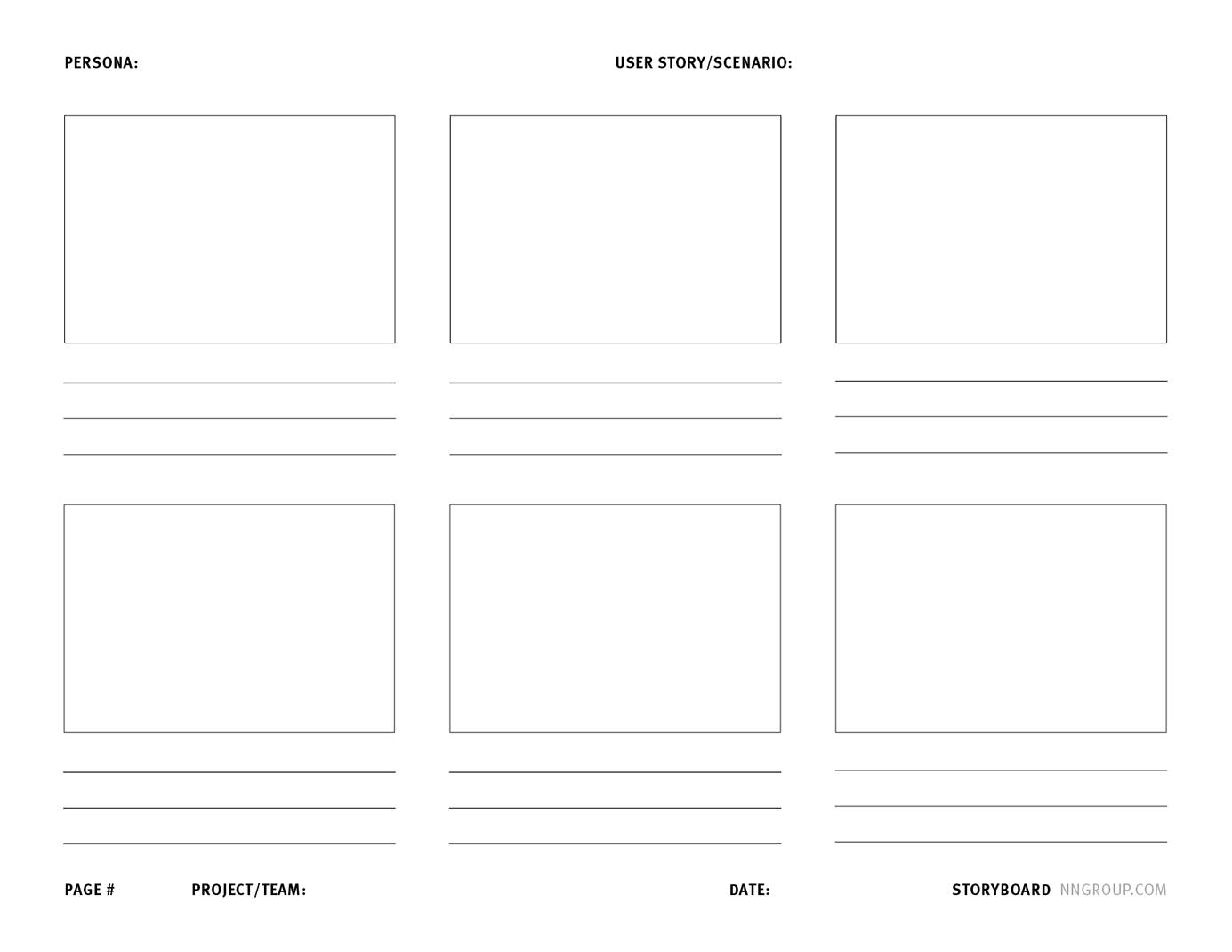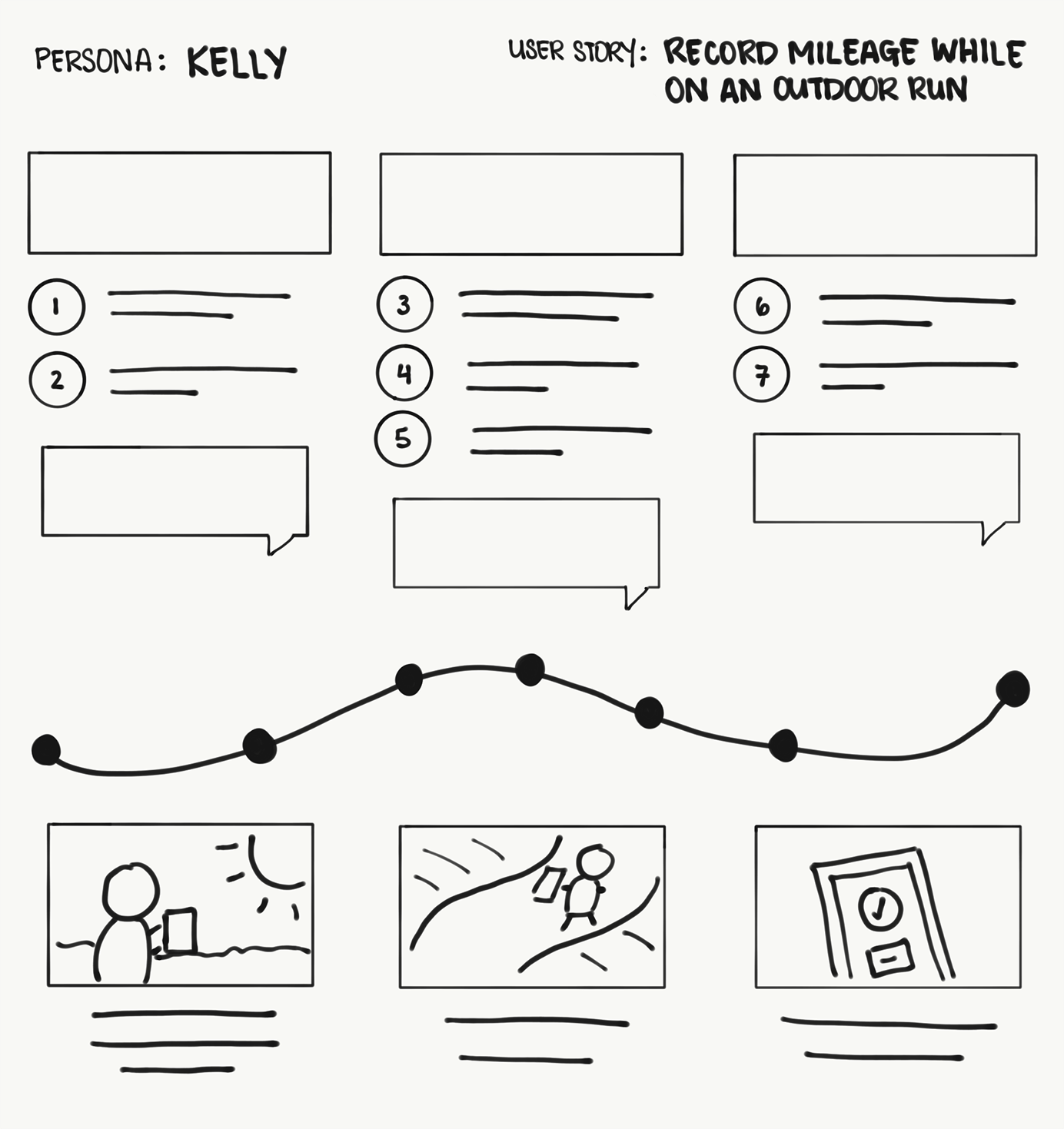I’m just going to say it: most “audience-first” storyboarding and scriptwriting advice is total garbage. It’s either sold by content “gurus” who haven’t posted a viral TikTok, or it’s so corporate it feels like it was written for HR reps, not actual viewers. But for those of us living in the trenches of the creator economy—obsessing over analytics, pouring hundreds of hours into A/B tests, and risking real skin in the game—none of that fluff holds up. If you’re making content in 2025 and not putting your audience first with ruthless, almost uncomfortable focus, you’re wasting precious time. That’s not just professional opinion—it’s personal. I’ve been burned by bad advice, and I’ve watched engagement transform when you finally nail audience-first the hard way.
The Problem with Half-Baked Audience-First Frameworks
Here’s the blunt truth: most templates and “easy” formulas kill engagement faster than poor lighting ever will. They promise you’ll “cover all bases,” yet they usher viewers out of your content in the first five seconds. The core mistakes I’ve seen repeatedly:
- Surface-level research: Guessing demographics instead of digging into analytics.
- Overstuffed objectives: Packing five goals into a 30-second script guarantees zero focus.
- Ego-driven storyboards: Frames that showcase the creator’s style, not the audience’s payoff.
- No feedback loops: Publishing in isolation and expecting miracles.
If you’re nodding along, you’re halfway to recognizing why you’ve stalled. The cure is a brutal, data-driven grind that punishes your ego—and that’s exactly what you need.
Step 1: Research Until You Hate Your Data
Stop thinking you know your audience. Real understanding starts when you intimately study your top videos’ retention graphs, dive into comments, and run targeted polls. Here’s a mini checklist to begin:
- Extract viewer drop-off timestamps in YouTube Analytics or TikTok Insights.
- Create at least three detailed audience personas, complete with age, interests, and favorite reference memes.
- Run Instagram Stories polls on specific pain points or content preferences.
- Scan niche Discord channels or subreddit threads to capture inside jokes and language quirks.
Example in practice: When I built a finance series for Gen Z, my “save more” hooks tanked. After an analytics deep-dive and Discord survey, I pivoted to: “I wasted $300 on coffee last month—here’s how not to be me.” That one line doubled views, ignited comments, and became the cornerstone for the next ten episodes.

Step 2: Ruthlessly Simplify Your Objective
Every video needs one crystal-clear logline. If you can’t summarize your point in a single, uncomfortably plain sentence, your audience will wander. Ask yourself:
- What is the one transformation I want the viewer to experience?
- Can they grasp it within three seconds of watching?
My first viral TikTok was a 12-second snack hack: a quick cheese-melt trick, punchline, then “Follow for more food science.” Zero extra fluff. When I tried layering nutrition tips, overlay CTAs, and long intros, engagement cratered. Your content’s heartbeat must be so clear a distracted viewer can’t mistake it for anything else.
Step 3: Storyboard Only What Converts
Stop treating your reel like an indie film. For short-form content, you get about three seconds before viewers bail. Structure your storyboard around three pivotal frames:
- Hook: A shocking stat, bold question, or visceral image that forces a pause.
- Payoff: Deliver the core insight or entertainment within the next 5–10 seconds.
- CTA: A clear, action-oriented prompt—“Try this hack,” “Comment your result,” or “Follow for part two.”
If any frame serves your ego over the viewer’s experience, cut it. In one Instagram Reel series I consulted on, swapping a fancy text animation for a raw behind-the-scenes clip boosted retention 40%. Authentic payoff wins every time.

Step 4: Write for Retention, Not Your Comfort Zone
Algorithms favor peaks—mini cliffhangers, rapid shifts, and teasing future reveals. Here’s how I consistently push watch time:
- Insert a “wait for it” moment at 7–8 seconds: “If you think that hack was wild, check out number two.”
- Script jump-cut jokes or unexpected visuals every 4–6 seconds.
- Use shorthand, slang, or inside references your core personas use.
On YouTube, adding a “tease-cliffhanger” at the 8-second mark improved my average watch time by 30%. On TikTok, swapping an explainer monologue for a dynamic split-screen joke tripled retention.
Step 5: Embrace the Agony of Feedback Loops
This is the hardest part—forcing yourself to publish only after brutal peer review. My rule: no script sees the light of day until two trusted creators tear it apart. If you skip this, you stagnate. If you run an unlisted preview and beg for honest feedback, you’ll find blind spots you never imagined.
Real-world example: An “airtight” video I tested tanked in early view counts. Comments said my ending made zero sense. A quick rewrite and reshoot of the final 10 seconds saw retention curves flip from a freefall to a steady climb. Those harsh critiques saved the publish.

Step 6: Optimize Relentlessly with Data
Publishing isn’t the finish line—it’s the starting gun for optimization. Track every metric: click-through, first-10-seconds retention, mid-video dips, CTA clicks. Then:
- Double-down on hooks that outperform.
- Simplify transitions that confuse viewers.
- Swap color palettes or text sizes based on readability feedback.
- Test alternate CTAs—“Share this,” “Tell me your score,” or “Subscribe for more.”
Ignore this data, and you’re flying blind with a broken compass.
Why This Matters for Creators Who Want to Last
The creator economy is littered with burnout stories, copycats, and one-hit wonders. “Audience-first” often becomes a marketing hook for overpriced PDFs. Real success demands you bleed for your viewers—obsess over data, submit to feedback, and iterate continuously. There are no shortcuts, no magic templates. If you want to matter—not just rack up vanity likes—you must prioritize your audience’s actual behavior over your instincts.
If you’re ready to embrace the pain of audience-first storytelling, celebrate every brutal analytics report and snarky DM. They’re your guideposts. And if you feel like quitting after your third analytics slapdown, DM me. I’ve been there—and I still run into walls every month. The grind never ends, but that’s what makes it worth doing.
Leave a Reply